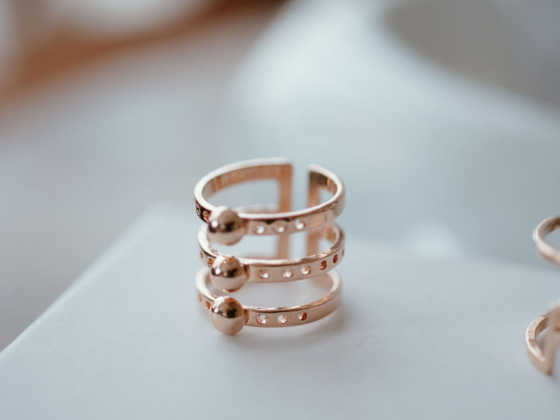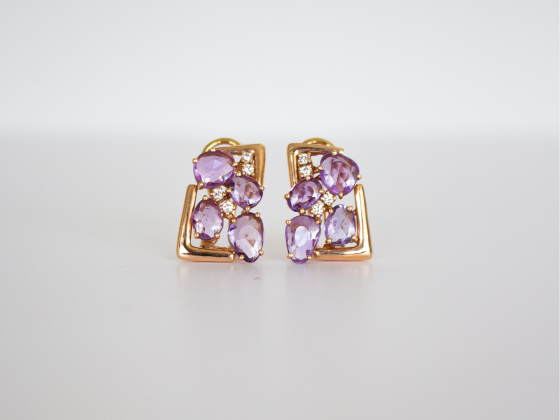By Ng Su Fey on May 6th, 2021
A Brief History
In 1990, almost 17 kilograms of gold & silver artifacts were unearthed from a paddy field in Central Java. Collectively named the Wonoboyo hoard, these findings helped shed light on metalworking in Indonesia.
Local mythology tells of gods bestowing metalworking expertise to early ancestors who then passed it down. Meanwhile, archaeological discoveries indicate that metalworking was brought to the land by foreign traders, as the Indonesian archipelago was an important point of the Silk Road. The best metalworkers served royal families, creating anything from household items to religious ornaments such as the famed Sambas treasure, which consists of ancient Buddhist sculptures.
In recent history, Indonesia experienced a shift in metalworking trends, namely towards jewelry production and silversmithing. These changes followed increased tourism in the late 20th century, as metalsmiths began to cater to tourists’ tastes in souvenirs — jewelry is easy to carry home while silver is more affordable. Places like Celuk Village in Bali and Kota Gede in Yogyakarta emerged as the region’s silver hubs. Today, tourists are spoiled for choice while shopping, with countless jewelry stores lining the streets. Many tours include opportunities to visit silversmiths and take part in jewelry-making workshops.
Examples of Craft
Common silversmithing techniques include granulation and filigree. Granulation involves forming small balls of metal for use in an overall design, while filigree involves creating ornamental details from fine metal threads. Both are notoriously difficult to execute well, as achieving consistency in sphere shape or wire diameter while working on such a small scale requires immense dexterity. Bali-based brand Ruang, which specializes in handmade jewelry and silversmithing, showcases the granulation technique on pieces such as the Jawan Hoop Earring or Jawan Kalon Ring.
There are also techniques which are unique to the region. The Tulang Naga, which translates to Naga’s bone, is a technique for creating chains of metal which mimic scales. It references the serpent-like Nagas which appear in Hindu & Buddhist mythology. Another technique, called the basket weave, mimics the canang sari used for religious offerings. These techniques show how silversmiths often turn to Indonesia’s natural world or cultural history for inspiration, and this can also be seen in the design of the jewelry. Popular motifs depict native flora and fauna, ranging from flowers to ferns to animal shells.
The legacy of silversmithing in Indonesia is a reflection of generations of heritage and cultivated skill, almost as if each piece of jewelry encapsulates the intangible essence of the Emerald of the Equator. For many, these creations have an inexplicable allure.
ABOUT THE AUTHOR
Su Fey is Dia’s intern from Malaysia. She is currently on a gap year and has volunteered with local welfare and environmental organizations. Her interests include sustainable development, literature, and film photography. Su Fey is planning to pursue a degree in engineering and will begin her undergraduate studies this fall.











